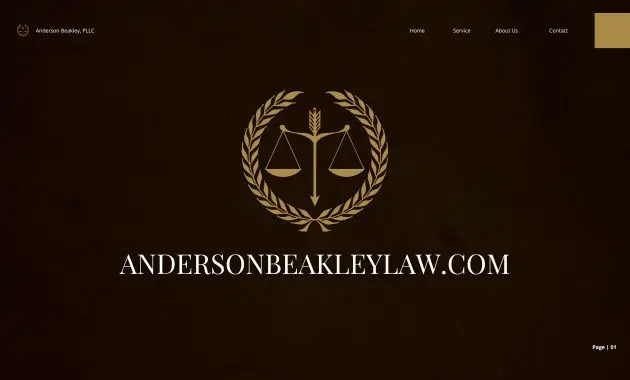Business debt collection law is a complex and multifaceted area of the law that governs the collection of debts owed by businesses. Understanding the legal framework surrounding debt collection is crucial for businesses to protect their interests and avoid legal complications. This guide delves into the intricacies of business debt collection law, providing a comprehensive overview of key concepts, strategies, and best practices.
From understanding the Fair Debt Collection Practices Act (FDCPA) and its implications to navigating different types of business debts, this guide covers the essential aspects of debt collection. It also explores effective debt collection strategies, legal documents and procedures, and the role of debt collection agencies. By providing practical insights and examples, this guide aims to empower businesses to manage their debt collection processes effectively and comply with relevant legal regulations.
Debt Collection Strategies
Businesses and collection agencies employ a range of strategies to recover outstanding debts. These strategies vary in their effectiveness, legality, and potential risks. Understanding the different approaches and their legal boundaries is crucial for businesses to navigate the debt collection process ethically and effectively.
Also Read
Debt Collection Strategies
Debt collection strategies can be broadly categorized into informal and formal approaches. Informal methods typically involve communication and negotiation, while formal methods involve legal action.
| Method | Legality | Effectiveness | Potential Risks |
|---|---|---|---|
| Demand Letters | Legal | Moderate | May not be effective if the debtor is unresponsive or disputes the debt. |
| Phone Calls | Legal, with limitations | Moderate | Can be intrusive and may lead to harassment claims if not conducted appropriately. |
| Email Communication | Legal | Moderate | May not be effective if the debtor does not check their email regularly. |
| Negotiation | Legal | High | May require compromising on the original debt amount. |
| Small Claims Court | Legal | High | Can be expensive and time-consuming. |
| Wage Garnishment | Legal, with specific requirements | High | May damage the relationship with the debtor and could be difficult to enforce. |
Legal Boundaries of Debt Collection Practices, Business debt collection law
The Fair Debt Collection Practices Act (FDCPA) establishes specific legal boundaries for debt collection practices in the United States. This act prohibits certain actions by debt collectors, including:
- Harassing or abusive conduct
- False or misleading statements
- Contacting debtors at inconvenient times or places
- Threatening legal action without intent to pursue it
- Collecting debts that are not legally owed
Businesses and collection agencies must comply with these regulations to avoid legal consequences. Failure to do so can result in fines, lawsuits, and reputational damage.
Legal Documents and Procedures: Business Debt Collection Law
Navigating the legal aspects of business debt collection can feel like a labyrinth, but understanding the key documents and procedures involved can make the process smoother. This section explores the crucial elements of legal action, from initial demand letters to obtaining a judgment against a debtor.
Demand Letters
Demand letters serve as the initial step in seeking payment from a delinquent debtor. They are formal communications outlining the outstanding debt, payment terms, and potential consequences of non-payment. A well-crafted demand letter can encourage prompt payment and potentially avoid the need for further legal action.
A sample demand letter might include:
– Date
– Debtor’s name and address
– Creditor’s name and address
– Account number
– Amount owed
– Date of last payment
– Details of the debt (invoice numbers, contracts, etc.)
– Demand for payment within a specified timeframe
– Consequences of non-payment (legal action, interest charges, etc.)
– Contact information for the creditor
Filing a Lawsuit for Debt Collection
If a demand letter fails to secure payment, the next step may involve filing a lawsuit. This process involves submitting a formal complaint to the court outlining the debt, the debtor’s failure to pay, and the desired outcome.
The process of filing a lawsuit typically involves:
– Preparing a complaint
– Serving the complaint on the debtor
– Responding to the debtor’s answer (if filed)
– Discovery phase (gathering evidence)
– Pre-trial motions (arguments before trial)
– Trial (if necessary)
Obtaining a Judgment Against a Debtor
If the creditor prevails in the lawsuit, the court will issue a judgment in their favor. This judgment legally obligates the debtor to pay the outstanding debt.
The judgment may include:
– Amount of the debt
– Interest and penalties
– Court costs
– Enforcement options (such as wage garnishment or asset seizure)
Common Legal Documents
Several legal documents are commonly used in debt collection cases. These documents provide a framework for the legal process and ensure fairness and transparency.
Examples of common legal documents include:
– Demand letter
– Complaint
– Answer
– Discovery requests
– Motion to dismiss
– Judgment
– Writ of execution
Navigating the complex landscape of business debt collection law requires a comprehensive understanding of legal frameworks, strategies, and best practices. By adhering to ethical and legal guidelines, businesses can effectively manage their debt collection processes while protecting their interests. This guide has provided a foundation for understanding the key aspects of business debt collection law, empowering businesses to navigate this area with confidence and compliance.




